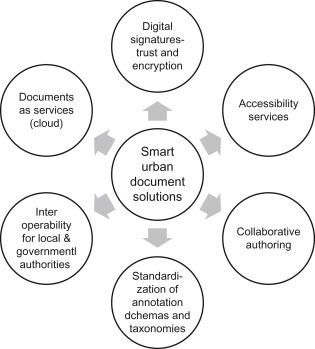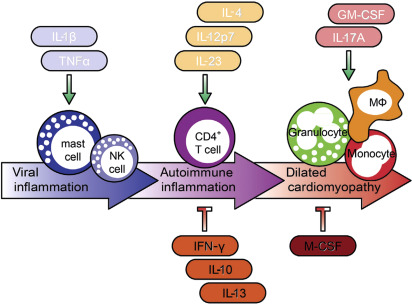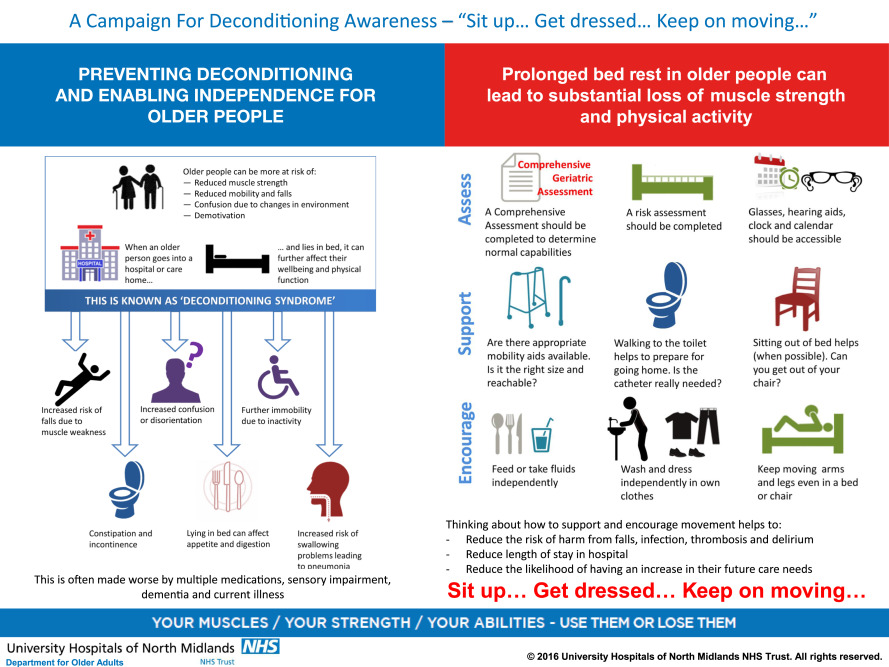Entrepreneurship is widely argued to be critical for alleviating extreme poverty. However, research on this topic is characterized by diverging perspectives regarding poverty alleviation and remains fragmented across various research domains. This review examines 77 leading academic journals over the period 1990 to 2017 and identifies over 200 articles on entrepreneurship and poverty alleviation.
SDG 8 calls for promoting 'sustained, inclusive and sustainable economic growth, full and productive employment and decent work for all’. Even as it highlights the importance of labour rights for all, it also makes visible some significant tensions. We note, for example, that despite many critiques of narrow economic measures of growth, the focus here remains on GDP and per capita growth. This is problematic, we argue, because the GDP productive boundary excludes much of social reproductive work.
The pollution of the marine environment by solid wastes, either directly introduced into the sea or discharged into the oceans from rivers or pipelines, is considered from the perspective of both their impacts and their regulation. The waste materials covered include dredged material, particulate wastes from sand/gravel extraction, and land reclamation, and industrial wastes including mining wastes, munitions, and plastics/litter.
Bivalve habitats were once a dominant ecosystem in temperate and subtropical estuaries worldwide. While bivalve habitats are greatly reduced from their former abundance, remnant, and restored populations have been shown to provide a suite of important ecosystems services including improving water quality, coastal protection, and providing fisheries nursery habitat, in addition to providing a direct food value.
Saving Food: Production, Supply Chain, Food Waste and Food Consumption, Volume , 1 January 2019
Food waste is a great problem nowadays; while many people are starving around the world, tons of food is wasted every day. An efficient way to preserve food is using industrial processes such as heat, cold, drying, fermentation, irradiation, high pressure, pulsed electric fields and modified atmosphere, among others, but it is also possible to use active packaging (AP) to extend the shelf life of food products. This packaging uses active compounds, as antimicrobial and antioxidants that could be released over time in the food and its products and increase their shelf life.
Innovation in Health Informatics: A Smart Healthcare Primer, Next Gen Tech Driven Personalized Med&Smart Healthcare, 2020, Pages 3-38
Emerging and Reemerging Viral Pathogens, Volume 1: Fundamental and Basic Virology Aspects of Human, Animal and Plant Pathogens, 2020, Pages 53-68



